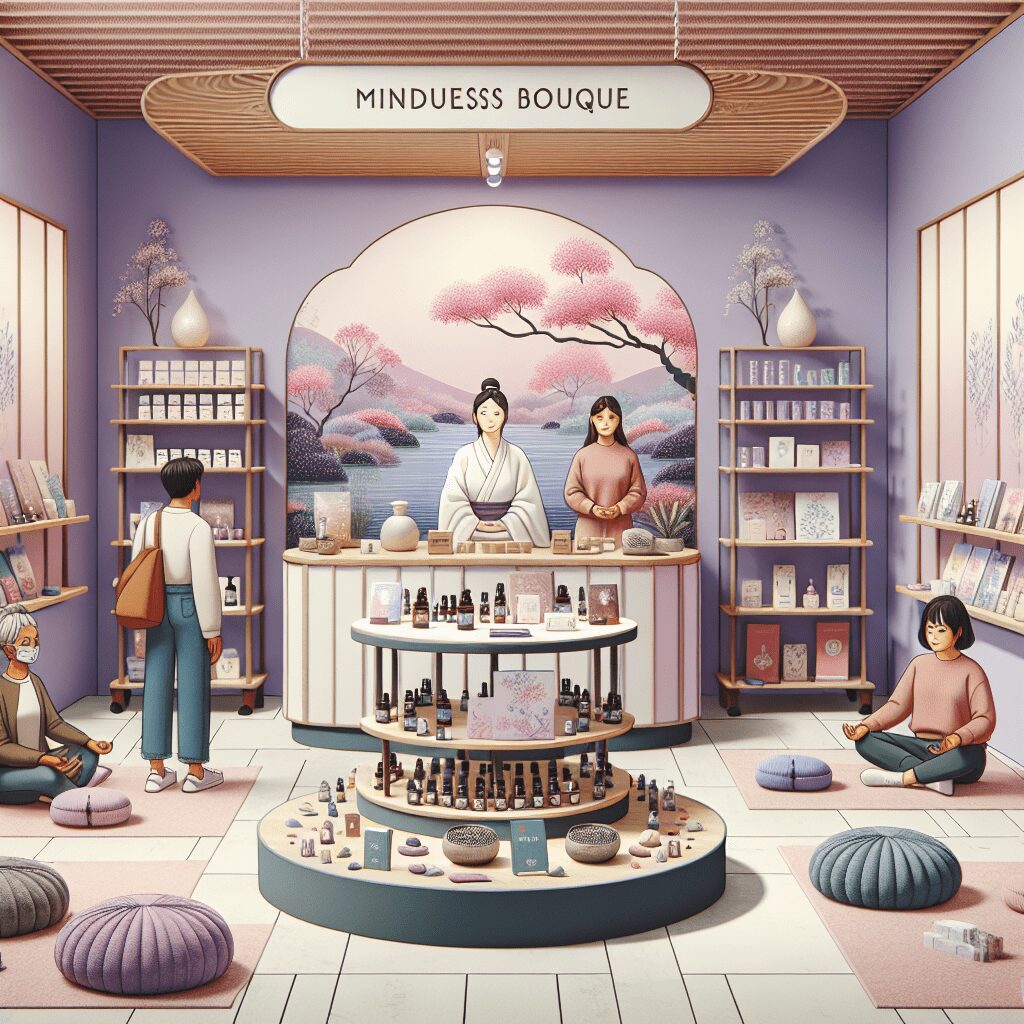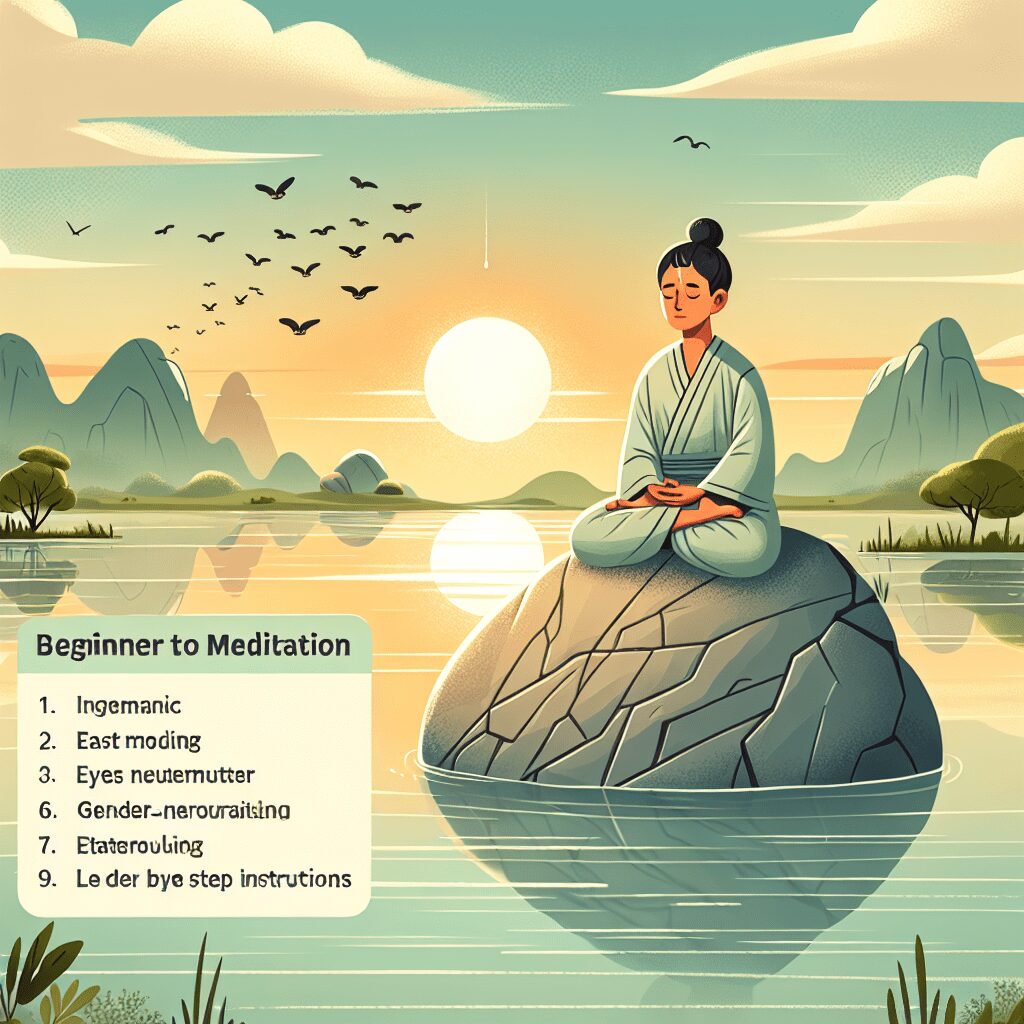
Prioritize your mental well-being daily. Enhance your life by nurturing your mental health with the Smart Meditation app. Break free from stress, alleviate anxiety, and enhance your sleep quality starting today.
Where Did Steve Jobs Go To Meditate?
Unlocking Tranquility: Steve Jobs’ Spiritual Sanctuaries
The name Steve Jobs is synonymous with innovation, vision, and the transformative power of technology. But what often goes unnoticed is the profound influence that spirituality, particularly meditation, had on Jobs’ life and work. This tech giant’s journey to seek inner peace is as fascinating as the devices he envisioned. Let’s dive into the tranquil realms that Jobs visited in his quest for enlightenment.
The Zen Connection: Tassajara Zen Mountain Center
Nestled in the secluded folds of California’s Los Padres National Forest, the Tassajara Zen Mountain Center stands as a beacon of serenity and spiritual nourishment. Jobs, known for his unquenchable thirst for Zen Buddhism, found solace and inspiration within its boundaries. Unlike the tech-savvy world he dominated, Tassajara offered a retreat into simplicity, silence, and mindfulness, elements that subtly infused the ethos of Apple products.
Founded in 1967, Tassajara is the first Zen monastery established outside of Asia. It’s a place where the flow of a mountain creek and the whisper of the wind through pines replace the incessant buzz of notifications. Here, Jobs is said to have engaged deeply with Zen practices, sitting in zazen (sitting meditation), engaging in mindful work, and perhaps, most importantly, learning to appreciate the beauty of being present. This, undoubtedly, shaped his approach to design – making products not just functional but intuitively aligned with the essence of human experience.
An Indian Odyssey: Neem Karoli Baba’s Ashram
In the quest for meaning, Jobs, alongside his Reed College friend Dan Kottke, embarked on a journey that led them to the doorstep of a small ashram in Kainchi, nestled in the Himalayan foothills of India. They were seeking the wisdom of Neem Karoli Baba, a saint known for his profound spiritual presence and miraculous tales. Though they discovered that Baba had passed away before their arrival, the ashram itself, imbued with his teachings on love, compassion, and service, offered a different kind of spiritual awakening.
India, with its riotous colors, chaotic streets, and the unadulterated spirituality at every corner, left an indelible mark on Jobs. From experimenting with fasting to wandering the country as a seeker, this expedition was a pivotal chapter in his life. The principles of simplicity, focus, and the pursuit of inner truth that he encountered in India could later be seen reflected in the minimalist elegance of Apple products.
Integrating Zen into Silicon
It’s one thing to visit places of profound tranquility; it’s entirely another to carry that tranquility into the hustle and bustle of Silicon Valley. Yet, this is where Jobs’ genius lay – in his ability to fuse his Zen learnings with his work. The mindfulness, the simplicity, and the focus on the essence of experience he cultivated in Tassajara and India became foundational to the design philosophy that makes Apple products stand out to this day.
So, what can we take away from Steve Jobs’ spiritual escapades? Perhaps, it’s the reminder that in our fast-paced, digitally-driven world, taking a step back, finding our Tassajara or Kainchi, and tuning in to our own version of meditation can unlock creativity, clarity, and a deeper connection to the work we do and the life we lead. After all, innovation isn’t just about what we create, but how we gather the insights and inspiration to create something truly meaningful.





